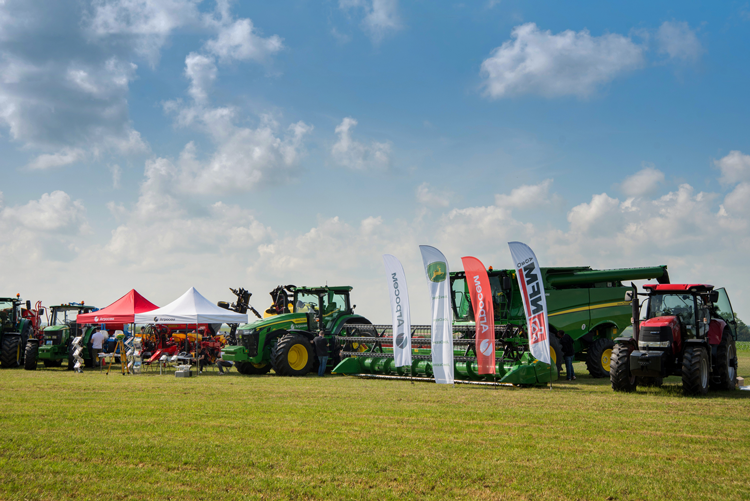
The planting season is off and running. Once the equipment is back in the dirt or hayfield, farmers remember a few things that slowed up their operation last year. You may also be looking across the road at the neighbor’s place, seeing their shiny equipment.
A little over a decade ago, the banks and manufacturers made it easy “to keep up with the Joneses.” You didn’t have to go out and purchase that new tractor, large square baler, or forage harvester. You could just lease it!
This idea was really pushed by major farm equipment manufacturers. Equipment leases were a common practice for about seven to eight years but came to a screeching halt with the next downturn in crop prices. Instead of having a second home for all of the lease returns before the lease ran out, the equipment began piling up on dealers’ lots.
I believe this situation occurred around 2016 to 2018, and I also believe this time period is the main reason we haven’t seen a resurgence in equipment leasing in today’s market. For the most part, the banks and manufacturers were left holding the returned equipment and accruing interest the whole time it was sitting in dealership lots unsold. Some units eventually were retailed to customers at reduced prices while some equipment was just sent to auction.
This scenario eroded equipment values and trust that the farmer had in their investments. When eight forage harvesters hit an auction on the same day — all of the same make and model — it really drove equipment values in the tank. It also reduced the number of people willing to buy new equipment. Farmers didn’t want to invest big in new equipment and then take a hit several years later with a low resale value. It made more sense to wait on a low-hour lease return and purchase it at a drastically reduced price.
Personally, I believe the manufacturers don’t want to get put in this position again. There are certainly leases still made every day, but only to a select few customers when the dealership knows the equipment will be taken care of and returned in good condition. Also, the banks and manufacturers have lowered the residual values on their equipment. For example, they will still lease a tractor to you for 300 hours per year for three years, but you are going to pay for 55% of the value of that tractor over the course of those three years. This makes the payments too much for some people to take the lease. For those who do lease under these conditions, the bank is in better shape for the resale or if it goes to auction.
Low residuals and the drastic price rise of equipment has led the market to not lease as much equipment as it once did. You can still find some leases out there with acceptable residual values, though these leases will have the customer somehow tied to the unit at the end of the term. One example of this is called a PRO (purchase or renew only) lease, and the payments will usually be affordable. The catch is, at the end of the lease, a farmer must purchase (refinance) the unit or renew the lease again. The farmer could trade the tractor back into the dealership if they choose, but can’t just simply hand the keys back and walk away.
Don’t get upside down
With the bank, dealership, and farmer all having a little “skin” in the game, the residual value is more attractive. But be careful — the payment level may look good, but you are eventually doubling the years to pay for the piece of equipment. With today’s interest rates, your total out-of-pocket expense by the time it’s paid for will be quite high.
There may be some farmers who can only get into a big piece of harvest equipment if the term length is stretched out. PRO leases can be done on used equipment, too, but you should always be aware of the “balloon” payment at the end. Do your research to make sure the hours you are planning to put on leased equipment doesn’t put you in an “upside-down” position at the end of the lease. In other words, you owe more than what the equipment is worth. This has happened on many occasions.
I wish manufacturers would again begin to raise the residual values a little because turning over inventory keeps everyone happy. Farmers are in newer, low-hour equipment, dealerships turn inventory, and manufactures can produce new and sell parts for the second-hand units. It’s a good cycle when everyone is pedaling together, but when one stops, the crash is eminent and it can be hard to get back up.
This article appeared in the April/May 2025 issue of Hay & Forage Grower on page 13.
Not a subscriber?Click to get the print magazine.

